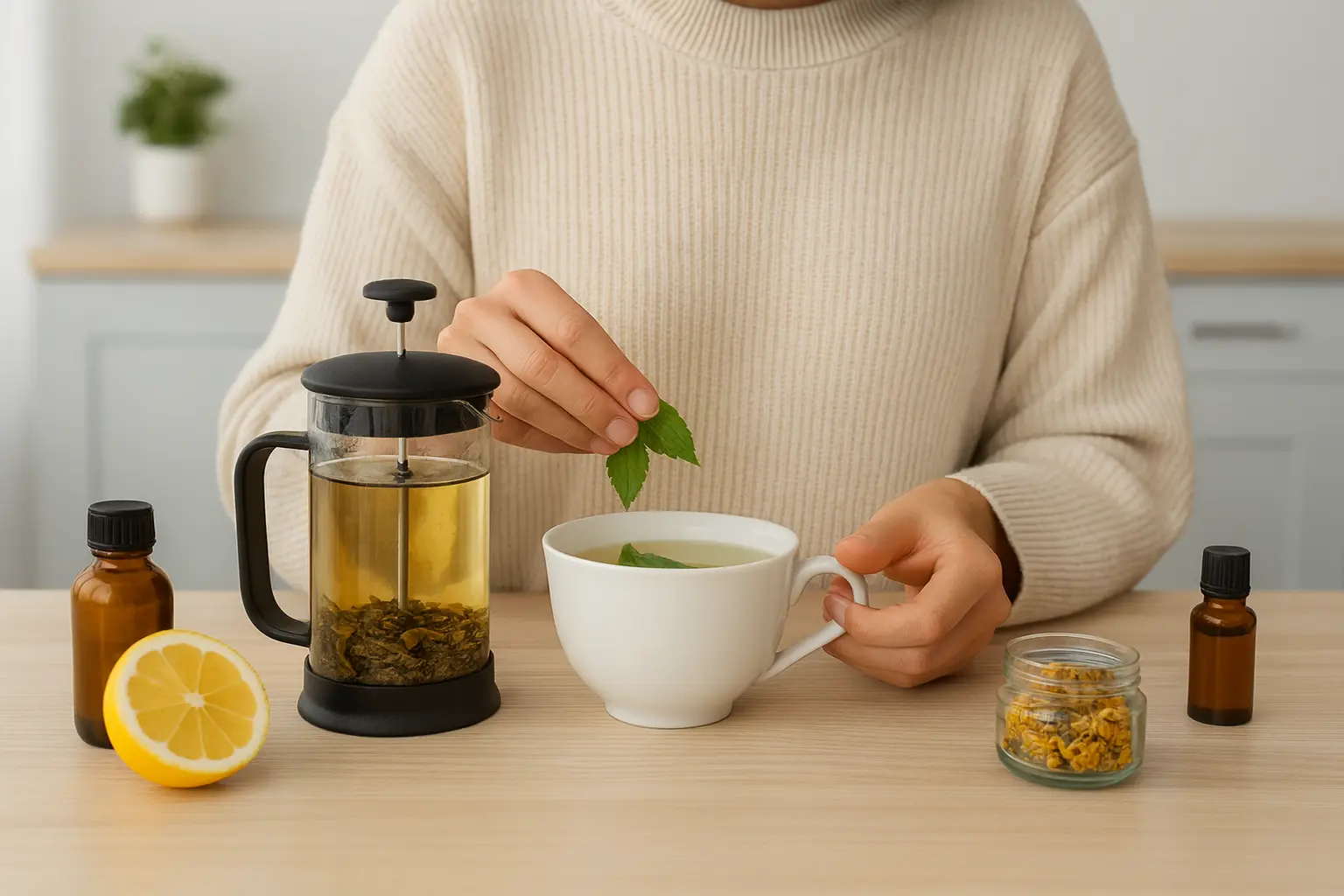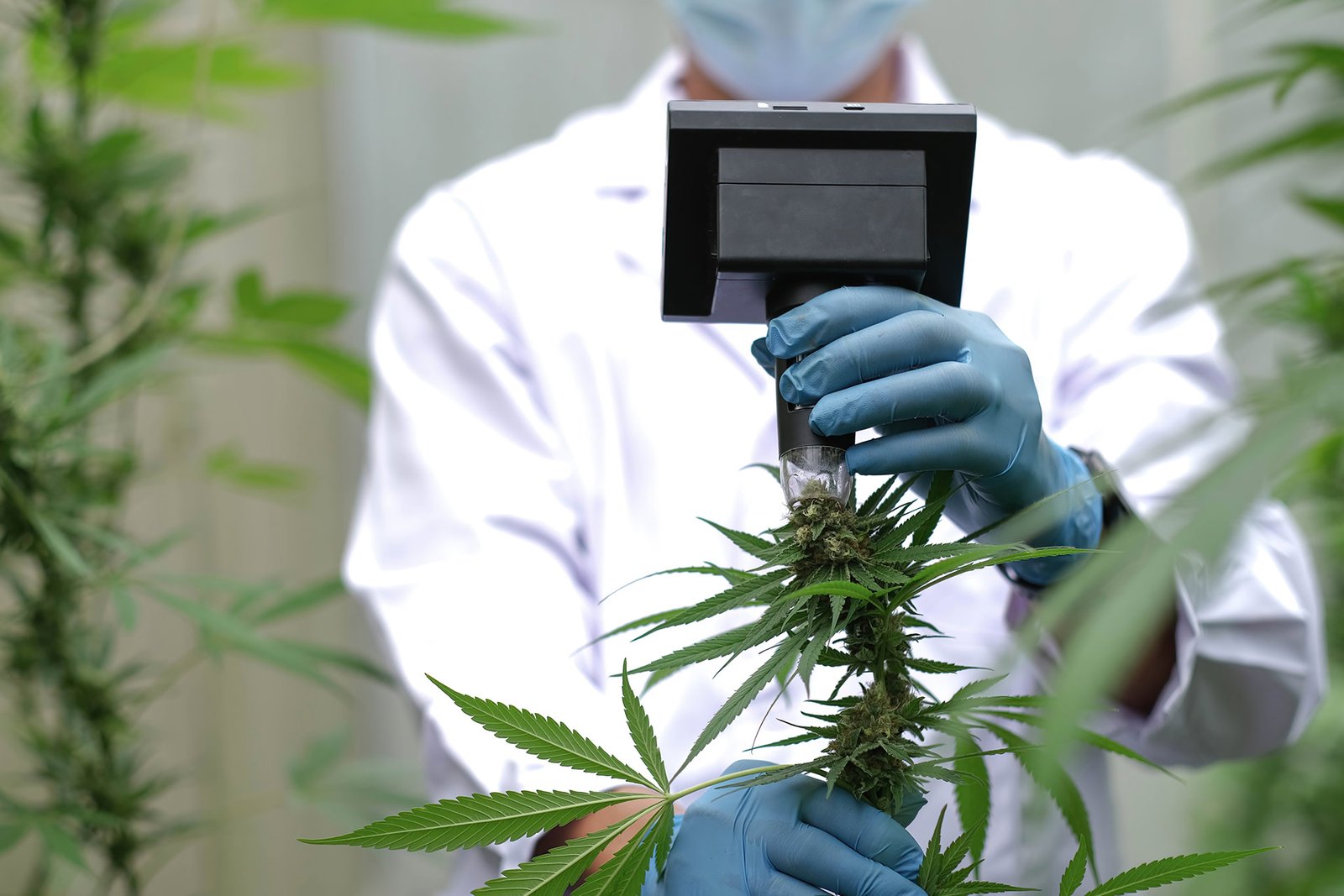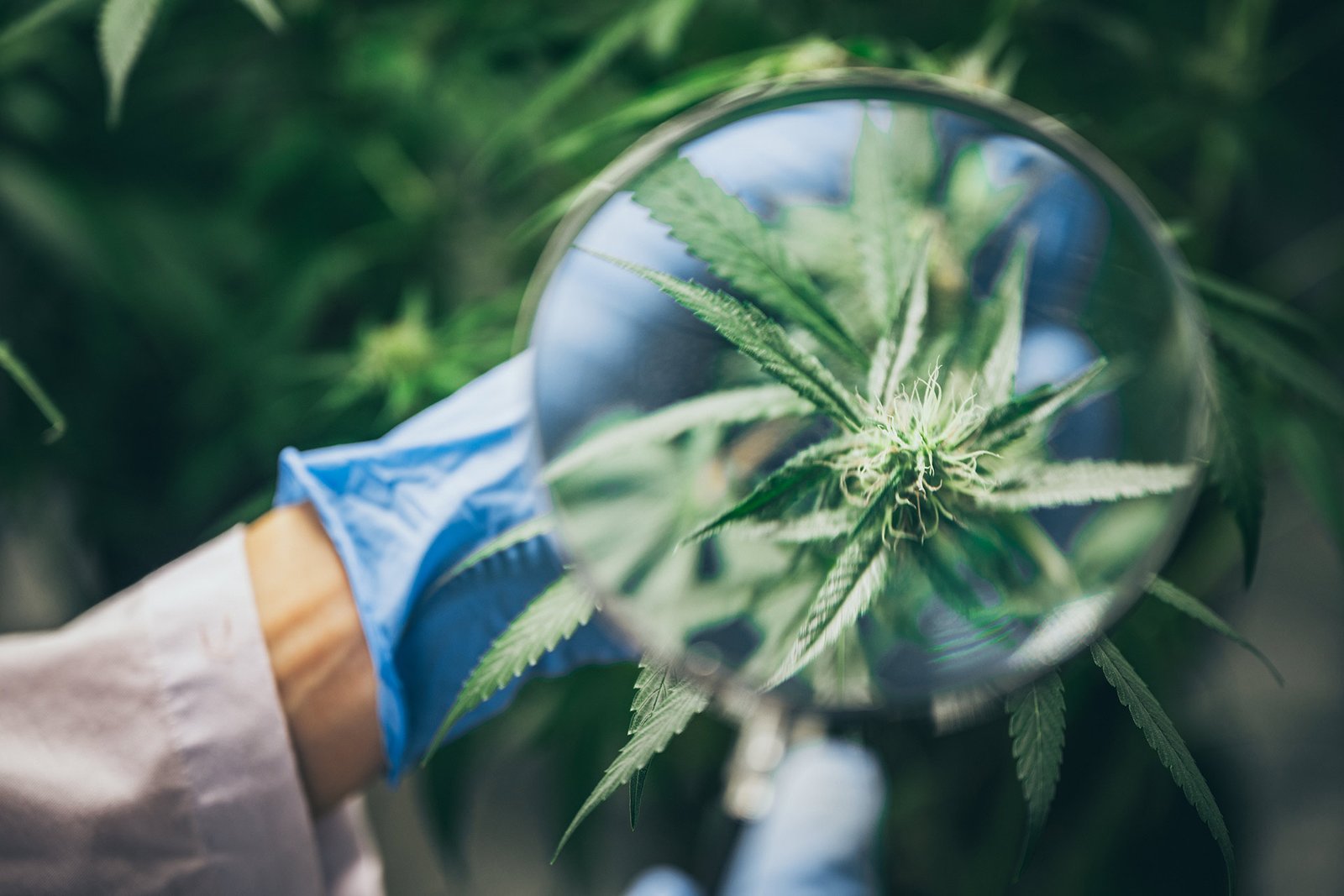How to Make Herbal Oil Infusions at Home: A UK Guide

How to Make Herbal Oil Infusions at Home: A UK Guide
- September 28, 2025
Place dried herbs such as calendula, lavender, or rosemary in a sterilized jar, cover them with a carrier oil like olive or jojoba, and steep. Use either cold infusion (4–6 weeks), solar infusion (2–3 weeks in sunlight), or heat infusion (2–6 hours on low heat). Strain, bottle in dark glass, and store in a cool, dry place.
Why Herbal Oil Infusions Matter
Herbal oil infusions have been used for centuries in folk medicine and natural skincare. They are simple to make, cost-effective, and let you customize blends that suit your needs. Unlike essential oils, which require expensive distillation equipment, infused oils can be made in your kitchen with everyday tools. They are used for skincare, massage, first aid remedies, and sometimes in cooking. In the UK, herbs like calendula, rosemary, and lavender grow easily and are excellent starting points.
What Is an Herbal Oil Infusion?
An herbal oil infusion is the process of steeping dried plant material in a carrier oil to extract active compounds. The result is a nutrient-rich oil that can be used directly or as a base for balms, creams, and salves. Infused oils differ from essential oils because they are less concentrated and much safer for beginners to make at home.
Uses include: soothing skin, calming nerves, massaging sore muscles, creating healing salves, and adding flavor to foods when safe culinary herbs are used.
Best Herbs and Oils for Infusions
Herbs That Work Well
- Calendula: Heals skin irritation, speeds wound recovery.
- Lavender: Relieves stress, reduces inflammation.
- Rosemary: Improves circulation, supports hair health.
- Chamomile: Gentle herb suitable for sensitive skin.
- St John’s Wort: Traditionally used for bruises, burns, and nerve pain.
Carrier Oils to Choose
- Olive oil: Affordable, long shelf life, good for medicinal infusions.
- Sweet almond oil: Light texture, absorbs quickly, great for massage.
- Jojoba oil: Extremely stable, closely mimics natural skin oils.
- Sunflower oil: Neutral scent, inexpensive, good for bulk use.
Methods: How to Infuse Herbs in Oil
Cold Infusion
Fill a sterilized jar halfway with dried herbs. Cover completely with carrier oil. Seal tightly and store in a cool, dark place for 4–6 weeks. Shake gently every few days to prevent settling. This is the most traditional method and gives the richest infusion, but it requires patience.
Solar Infusion
Fill a jar with herbs and oil, then place it on a sunny windowsill for 2–3 weeks. Turn the jar daily to ensure even infusion. This method works well with aromatic herbs like lavender and rosemary. In the UK, choose a window with steady light exposure since weather can be inconsistent.
Heat Infusion
For faster results, place your jar of herbs and oil in a double boiler. Heat gently at 40–60°C for 2–6 hours, stirring occasionally. Allow to cool fully before straining. Be careful not to overheat, as high temperatures can damage delicate herbal compounds.
Straining and Bottling the Oil
Once the infusion time is complete, strain the oil using muslin cloth or a coffee filter. Press the herbs gently to release oil, but avoid forcing plant debris into the liquid. Store the oil in dark glass bottles to protect it from light, and label each bottle with the herb, method, and date. Proper labeling makes it easier to track freshness.
Shelf Life and Safety
- Typical shelf life: 6–12 months.
- Store in cool, dark places to prevent spoilage.
- Add natural antioxidants like vitamin E or rosemary extract for longer storage.
- Discard any oil that develops a rancid smell, cloudiness, or visible mold.
Common Mistakes to Avoid
- Using fresh herbs instead of dried.
- Skipping jar sterilization.
- Leaving herbs floating above the oil line.
- Storing oil in clear bottles exposed to sunlight.
DIY Infusion Recipes to Try
- Calendula skin oil: For eczema, rashes, cuts, and scrapes.
- Lavender-chamomile massage oil: Relaxing blend for sleep and stress relief.
- Rosemary scalp oil: Stimulates hair growth and nourishes scalp.
- Lemon balm infused oil: Lightly uplifting oil for anxiety and mood balance.
Carrier Oils for Infusions
| Oil | Shelf Life | Skin Feel | Cost | Notes |
|---|---|---|---|---|
| Olive Oil | 12–18 months | Heavy, nourishing | Low | Common kitchen oil |
| Sweet Almond | 6–12 months | Light, smooth | Medium | Good for massage blends |
| Jojoba Oil | 2+ years | Waxy, absorbs well | High | Very stable, long-lasting |
| Sunflower Oil | 6–12 months | Light, neutral | Low | Ideal for large batches |
Final Thoughts
Making herbal oil infusions at home is a rewarding way to connect with natural wellness traditions. With dried herbs, carrier oils, and a little time, you can create versatile remedies for skincare, massage, and everyday use. Start with simple infusions like calendula or lavender, and you’ll quickly see why herbalists still rely on these age-old practices.
Try making your own infusion this week, or explore our ready-made blends if you prefer a quicker route to herbal wellness.
FAQs
How long should I infuse herbs in oil?
Cold infusion: 4–6 weeks. Solar infusion: 2–3 weeks. Heat infusion: 2–6 hours.
Do I need to sterilize jars?
Yes. Clean jars prevent bacteria, mold, and contamination.
Which herbs are safest for skincare?
Calendula, lavender, and chamomile are safe for most skin types. Always patch-test first.
Can infused oils be eaten?
Yes, but only with culinary-safe oils and herbs. Garlic-infused oil should be refrigerated and used quickly to avoid botulism risk.
How do I store infused oils?
Use dark glass bottles, store in cool, dry places, and add antioxidants for longer shelf life.
Which oil lasts the longest?
Jojoba oil is the most stable, often lasting 2 years or more.
Are herbal oils safe for children?
Yes, but stick to mild herbs like chamomile and calendula. Consult a doctor if unsure.
What is the difference between infused oils and essential oils?
Infused oils are made by steeping herbs in carrier oils, while essential oils are distilled and highly concentrated.
Do herbal oils lose strength over time?
Yes. After 6–12 months, oils gradually lose potency, especially if exposed to light and heat.
Recent Post

Medical Marijuana for Cancer
January 10, 2023

Medical Marijuana Needs to Be Legal
January 7, 2023

Is CBD Oil Safe to Use? Explaining
January 1, 2023
Contact Now
Explore our wide range of natural herbal products crafted for your wellness and everyday care.
Book An Appointment
Schedule a personalized consultation with Herbarium Choices to explore tailored herbal solutions for your health. Let us guide you toward a balanced and vibrant lifestyle.
